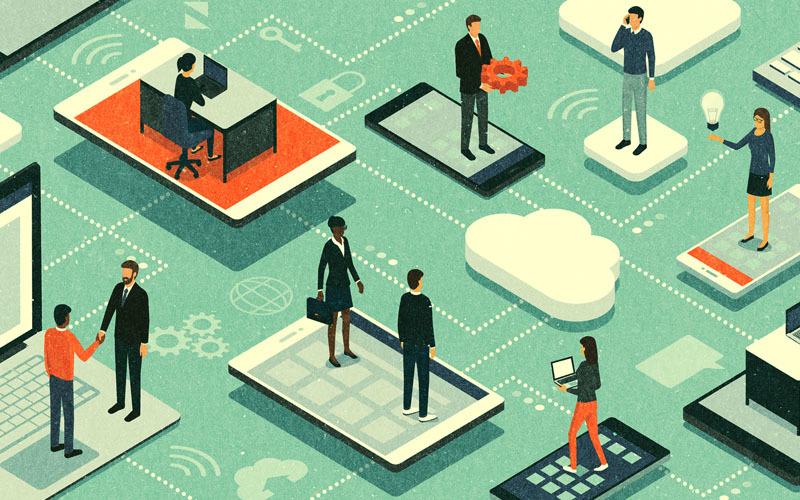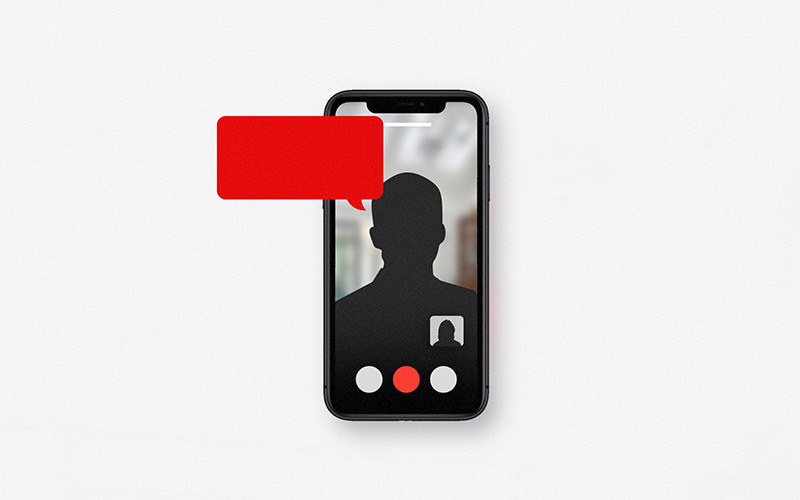Public Relations
Social Media

In October 2020, after months of speculation, the International Builders’ Show (IBS) and the Kitchen & Bath Industry Show (KBIS) announced their trade shows would be all virtual in February. Immediately, brands in the home and building category went into planning overdrive.
As the category’s largest trade shows, IBS and KBIS produce sales leads galore, create a runway for product introductions and provide a top destination for influencers and the media. Following the announcement, the shows rolled out virtual exhibit platforms after quickly rebranding to IBSx and KBIS Virtual.
Elements such as educational programs, networking and events easily shifted to the virtual world. Some brands registered right away for virtual booths, while others decided to scale back. Meanwhile, some decided to wait it out, skipping the show altogether with the hope of an in-person show in 2022. In total, about 350 brands signed up for a virtual exhibition space (down from about 2,000 the previous year).
So, were IBSx and KBIS Virtual successful? What did our Wray Ward teams learn or observe while working closely with agency clients on the shows? What are some of the elements we hope stay virtual even after traditional trade shows return?
Here are six key takeaways.
1. Always have a backup plan.
Educational programs, networking and other events continued online as if they had always lived there. The shows have since extended the conference program to live online through the end of the year, which is good news for the 12,000 people who registered.
That success story, however, doesn’t change the fact that both shows had a rocky virtual rollout. Technical glitches plagued the exhibit booths due to issues with the platform provider. As a result, brands that had banked on the show’s virtual exhibition halls faced disappointment.
But those that planned ahead for IBSx or KBIS Virtual, as did many Wray Ward clients, were largely able to salvage their investment. Successful strategies included hosting new product information and content on brand websites and creating email campaigns to redirect traffic.
The takeaway? Have a backup plan that extends the life of your content to your own website, landing page or social media channels — and know how to funnel your audiences to those destinations.
2. Make virtual media outreach part of your ongoing strategy.
One upside of a virtual show? The potential to reach more media and influencers by shifting your public relations plan to an online format. After all, in-person booth visits make for a jam-packed day for the media as they run between appointments, making their way through an enormous trade show hall full of exhibitors.
In 2021, more members of the media were available for online appointments than have been present for the in-person show the last few years. This allowed some of the brands Wray Ward supports to expand their media reach.
Some Wray Ward clients, such as Huber Engineered Woods, booked individual appointments with editors and used the time to introduce new products virtually, with product specialists and technical experts available to answer questions. Other clients, such as LG Hausys, distributed new product info ahead of IBS, allowing them to draw pre-show attention to product rollouts.
As much as we love in-person interaction with the media, our public relations teams enjoyed the flexibility of virtual appointments and the expanded coverage garnered as a result.
3. Have an email list and know how to use it.
If the technology glitches with IBS and KBIS exhibition booths taught us anything, it’s that brands better have an email list. Never before has the value of a solid email marketing strategy been more apparent.
Some Wray Ward clients used their customer lists to invite people to the IBS exhibition booth on their own website, bypassing IBSx and KBIS virtual platforms and associated headaches. Others used their lists in advance of the show to generate interest in their show presence, just as they would have done with an in-person show. And when the virtual show booths became inaccessible during the show, brands with an email list and quick thinking were able to pivot and email users to visit a website, landing page or other platform so that the show could go on.
4. Mix up your virtual content to keep people engaged.
While people may enjoy binge-watching their favorite shows on their sofa, watching an endless stream of potentially monotonous content during a virtual trade show is not nearly as appealing. That’s why our clients at Huber Engineered Woods hit a home run by providing a mix of content. Roundtables, new product videos, an awards show and educational content kept people coming back over the course of the show, all presented by a combination of influencers, Huber product experts and category thought leaders. (And using influencers to create virtual show content was a great way for brands to maximize those relationships and gives customers a fresh perspective on products.)
Another successful approach by Huber and other clients was the inclusion of CEU courses as part of their IBSx and KBIS virtual offerings. The educational component is always a strong draw during these trade shows. Making that same content available virtually was a great tactic for brands, and one that can easily continue online going forward.
5. Plan well in advance of the show.
Trade shows and events will make a comeback, but until then, expect virtual versions to reign supreme. Planning ahead is the best thing you can do for your brand: Know which shows you’d like to make a virtual investment in, and plan accordingly. As we mentioned in previous posts about IBSx and virtual event marketing, this doesn’t necessarily mean starting from scratch. Look for an online trade show or meeting platform that integrates with your existing tools including your CRM system and social media accounts.
We began working with clients to plan their IBS and KBIS presence before we knew the shows would, indeed, go virtual. For us, this meant vetting event platforms, examining influencer partnerships and scheduling the creation of content we knew would be needed whether the show happened in-person or online.
Taking on a virtual event isn’t just about picking a platform and putting it to work. You have to consider all the content needed to launch the platform and make it an engaging experience for your customers. Does that content exist, or will it need to be created? What kind of promotion do you want to do leading up to the event? And, of course, be sure to leave lots of time for troubleshooting. Practice, practice and practice again to be sure your event can launch without hiccups.
6. Don’t forget the follow-up.
When a large virtual trade show effort is complete, it’s OK to breathe a sigh of relief. But the very next thing you do should be to execute your follow-up plan. Post-event emails are an additional opportunity to connect as well as garner feedback on your virtual trade show efforts. Gauging your customers’ experiences will help you build better content in the future and better understand how your people want to consume it.
So, what happens now that the home and building industry’s largest virtual trade show is over? Our clients at Wray Ward are taking a step back to evaluate efforts. It’s also time to look forward and start planning for the next event or show, with an eye on virtual best practices and fingers crossed that maybe there will be an in-person component. We certainly hope to take part in live trade shows again, but what a great skill set we’ve all built while learning to virtually carry on, no matter the challenges that face us.


